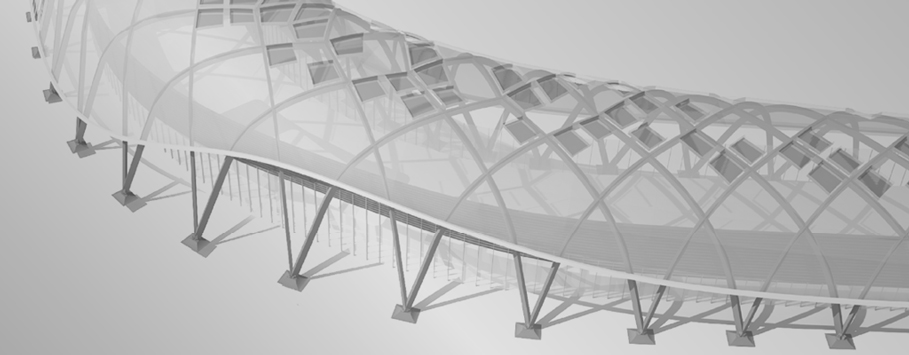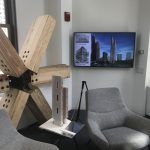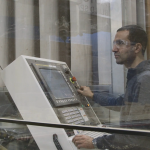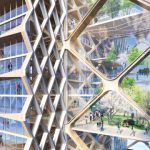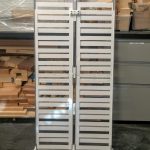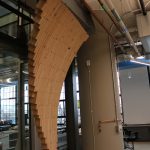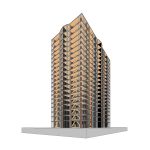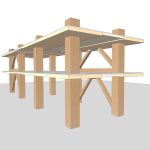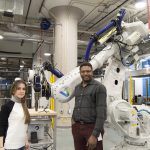
P+W researchers partnered with Autodesk BUILDSpace to use robot arms to stretch and manipulate molten plastic. This project was a continuation of research performed at the Architectural Association School of Architecture, London. View the complete white paper here. PROJECT TEAM: Soulaf Aburas, Phillip Ewing PROJECT DATE December 2016 :

